Hot letters – mastering your emotions…
The internet is flooded with posts talking about the power of positive thinking and the law of attraction – who hasn’t been bombarded with ‘positive vibes only’ posts? But it’s not a new thing – even going back to the year 300 BC the Stoics touted the benefits of managing your emotions and the discipline of perception. And there’s nothing wrong with this, unless like me, you unwittingly supress your emotions.
And we often don’t realise we’re doing it. For example, I have a disagreement with someone, and in the moment I feel a flood of anger, but also know the futility of arguing, so I look for a different solution, a compromise or perhaps I just walk away from it. In my rational mind I know this is a more enlightened way to behave, arguing solves nothing, and besides we’re probably both right to some degree…
Putting your emotions in a box won’t solve anything
That’s where some people leave it, they move on and think about something else. But this can come back to bite you…it can leave you in a rather uncomfortable place days or sometimes months later when you notice you’re a bit down, feel like crying or you absolutely lose it with someone over something relatively minor and have no idea why.
Well, it turns out that’s a build-up of suppressed emotions. Suppressing your emotions means you’re literally putting them in a box over there and importantly, not acknowledging how you feel – that uncomfortable sensation of anger, annoyance, or injustice, for example. After a while of doing this, you eventually run out of room to push any more emotions down and finally they erupt to the surface. Most people also fail to connect this eruption to the earlier, incremental incidents of emotional stockpiling.
The true meaning of stoicisim
The Stoics understood the power of not reacting to knee-jerk emotions (usually the first angry or negative emotions evoked by a situation) but focused on building the fortitude to wade through an unpleasant emotion instead. This included reframing or telling a different story about incidents to lessen their emotional impact. But to truly achieve letting go of a knee-jerk emotion you have to feel it first then, and only then, can you let it go. Miss out this important step and you’ve put an emotion in a box.
No need to send the ‘hot letter’
It’s well known that whenever Abraham Lincoln was angry with someone, he’d write a ‘hot letter’ telling them exactly what he thought of them…which he would then never send. He’d put it to one side and let his emotions cool. Writing the letter allowed him to vent his knee-jerk emotions in the moment and he was then able to consider the situation from a more balanced standpoint later on.
If you want to give writing an ‘hot letter’ a go, here are some emotive statements to help get you started:
- I feel furious when/about…
- I hate it when…
- You are a complete and utter…
- I feel sad when…

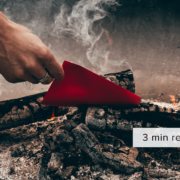
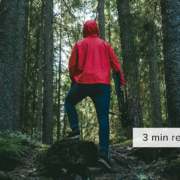
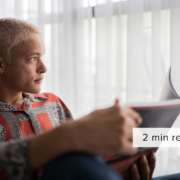
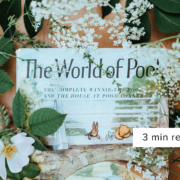
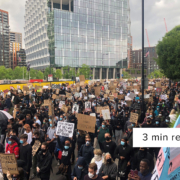
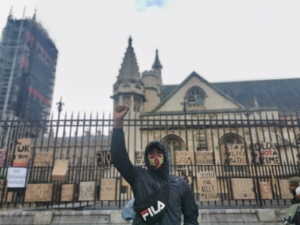 “Hmmm, maybe don’t do that/say that, you’ll be looked at weirdly.” These are just a couple of thoughts that regularly pop into my head during interactions with people. “Conformity is key, and any step away from the status quo is a step towards ostracisation.” I read this in a
“Hmmm, maybe don’t do that/say that, you’ll be looked at weirdly.” These are just a couple of thoughts that regularly pop into my head during interactions with people. “Conformity is key, and any step away from the status quo is a step towards ostracisation.” I read this in a 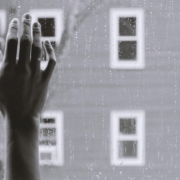


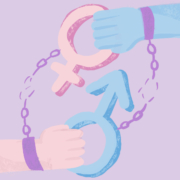
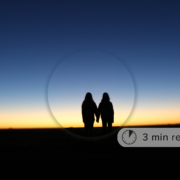
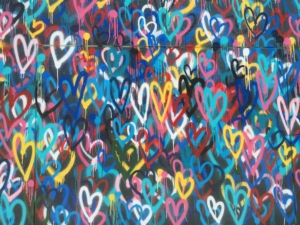

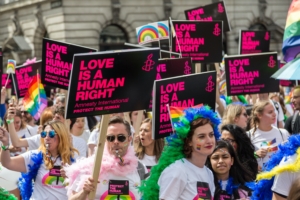
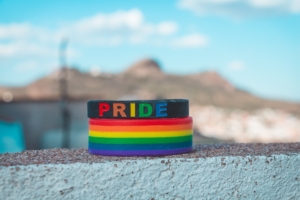
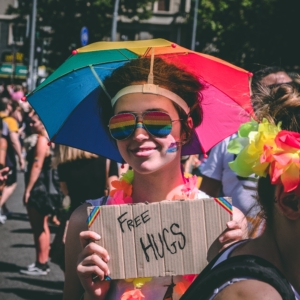
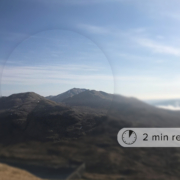
 Planning a big day of hillwalking can be great, and it’s brilliant to have something to look forward to. But even just getting out of the house for a trek round the block can help boost your mood and improve your
Planning a big day of hillwalking can be great, and it’s brilliant to have something to look forward to. But even just getting out of the house for a trek round the block can help boost your mood and improve your 